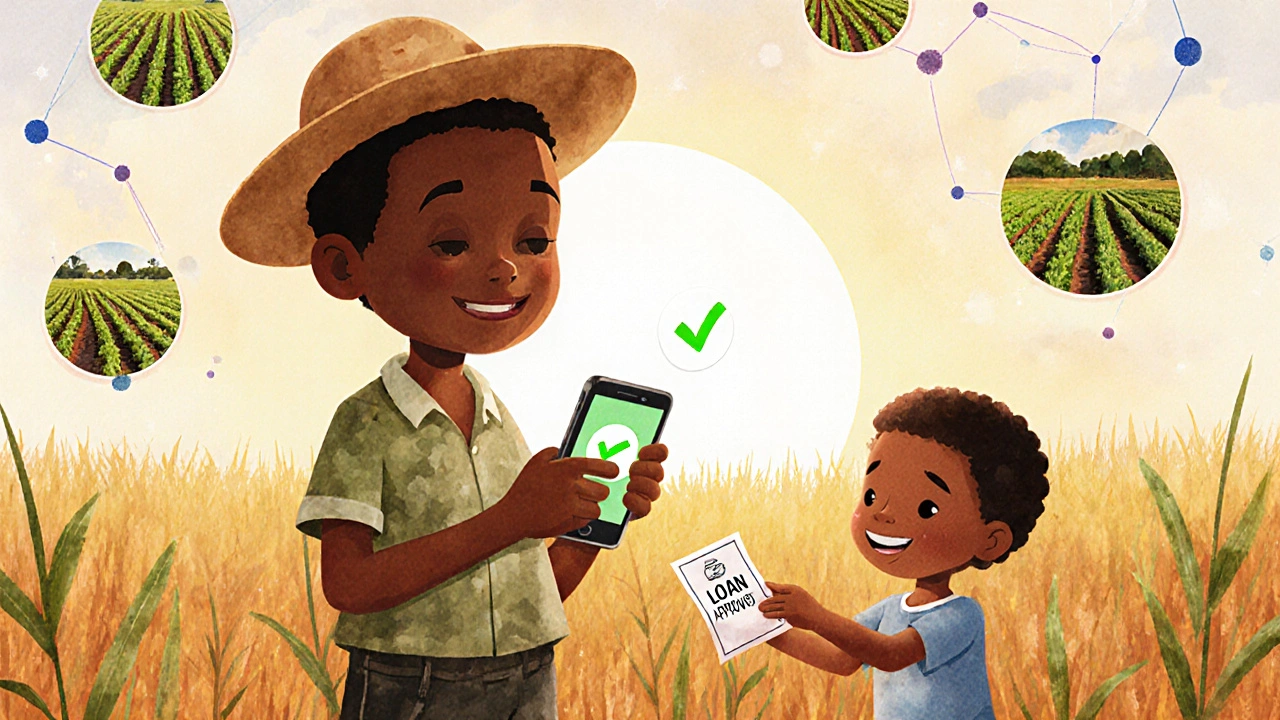Agri-Fintech: How Technology Is Transforming Farming Finance
When you think of agri-fintech, the use of digital financial tools to serve farmers and agricultural businesses. Also known as agricultural fintech, it connects smallholder farmers, cooperatives, and agribusinesses with loans, insurance, and payment systems they’ve long been locked out of. This isn’t about fancy apps for urban investors—it’s about a tractor driver in Kenya getting a microloan via SMS, or a soybean farmer in Iowa using satellite data to qualify for lower interest rates.
Agri-fintech doesn’t work in a vacuum. It relies on digital agriculture, the use of sensors, drones, and data analytics to monitor crop health, soil conditions, and yield potential. That data becomes collateral. Instead of relying on a banker’s gut feeling, lenders now see real-time soil moisture levels, planting dates, and historical harvests. That’s how a farmer without a credit history can still get funding. And it’s not just loans—farm lending, the process of providing credit to agricultural producers, often with unique risk factors. is being redesigned. Traditional banks won’t lend to a farmer who grows okra in Mozambique. But an agri-fintech platform that tracks harvest cycles and weather patterns? They will.
It’s also solving problems no one talks about. Like how farmers in rural India used to wait three weeks to get paid for their crops because middlemen held the cash. Now, platforms connect them directly to buyers, with instant digital payments. Or how crop insurance used to be a joke—slow claims, vague terms, zero transparency. Today, parametric insurance pays out automatically when rainfall drops below a certain level, verified by satellite. No paperwork. No delays. Just cash when it’s needed.
What you’ll find in this collection aren’t theory pieces or vendor brochures. These are real stories from the ground: how fintech tools are cutting loan approval times from months to minutes, how blockchain is tracking coffee from farm to cup with proof of fair pay, and why some agri-fintech startups fail—not because of bad tech, but because they didn’t understand the rhythm of planting season. You’ll see what works, what doesn’t, and how farmers are using these tools to build real financial resilience.



